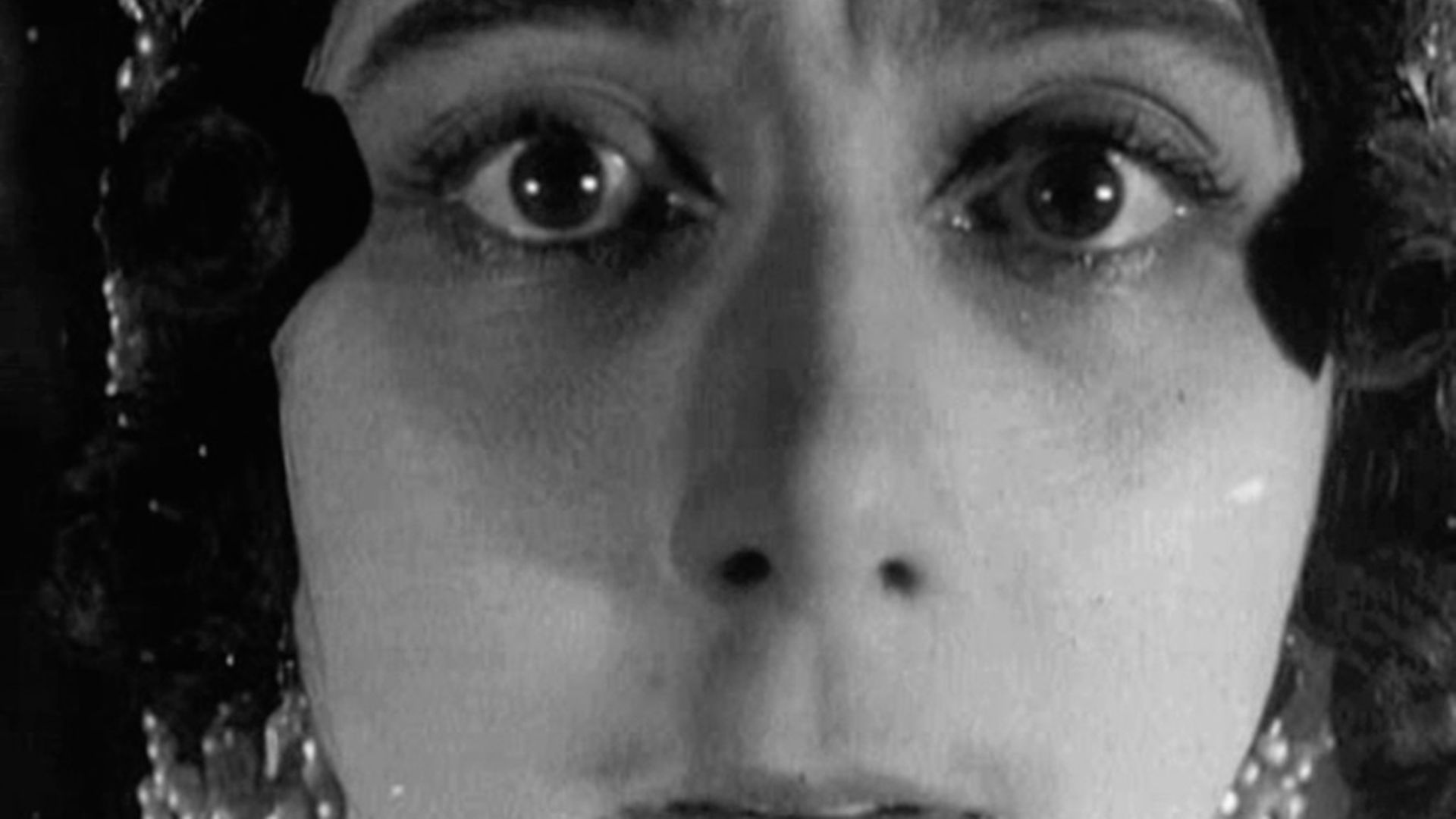
CHARLIE CONNELLY assesses the dramatic life of Vera Karalli and finds more to it than her apparent connection to one of the 20th century’s most intriguing killings
The death of Grigori Rasputin, spiritual adviser to the Russian Tsar Nicholas and a particular favourite of the Tsarina Alexandra, in St Petersburg on December 30, 1916, is one of the most mythologised murders in history. There were the poisoned cakes and wine he ate and drank in the Moika Palace, the home of chief conspirator Prince Felix Yusupov, with no apparent ill effects. There was the bullet he took in the chest that didn’t prevent him from attacking Yusupov and escaping into the snow where he was finally felled by a bullet to the head. There was also the rumour he was still alive when Yusupov and his co-conspirators dropped his body through a hole in the ice and into the Malaya Nevka river. Some are true (the cakes, wine and bullet-defying escape) some are verifiably false (he was dead when he hit the icy water) and some still inhabit a murky in-between.
One persistent rumour was that as well as Yusupov and fellow plotters Grand Duke Dmitri Pavlovich, Vladimir Purishkevich and Sergei Sukhutin, there were two women present when Rasputin was lured to a specially-prepared soundproofed basement room. It was believed that Yusupov’s wife, princess Irina, was originally intended as a form of ‘bait’ for Rasputin, who was known to seek and enjoy the company of some of Russia’s most attractive women, but she was away visiting family in Crimea. Instead it is strongly suspected that Countess Marianne Pistohlkors, a well-known society figure, and the ballerina-turned-film star Vera Karalli were are least in the building, if not the room itself, and were in on the plot.
Karalli had an on-off relationship with Pavlovich at the time and would have been a familiar figure to Rasputin. As well as one of the country’s best-known ballet dancers the 27-year-old had, since 1914, also become one of Russia’s first film stars, notably in the 1915 production After Death in which she played a tragic actress whose suicide comes to haunt the film’s lead character. She’d played Natasha in the first ever film adaptation of War and Peace, a performance the Cine Journal called “enchanting” and the dancer, “a true artist of the screen”, and three weeks after the death of Rasputin the film that features arguably her finest performance, The Dying Swan, was released.
That one of Russia’s most famous faces at the pinnacle of her popularity might risk being present at and even complicit in a murder seems extraordinary now, but that’s how controversial a figure Rasputin had become and how malevolent the peasant mystic’s influence was regarded among the Russian elite.
Rasputin’s assassination occurred during the last hours of 1916 and, even allowing for the sensational events of that night, none of the plotters could have foreseen the tumultuous year that lay ahead for the nation. As Russia descended into revolution and later civil war, not to mention the grisly executions of almost the entire royal family, Rasputin’s murder by members of Russia’s elite became a minor tributary of the broader national narrative. For Karalli, however, the Rasputin incident heralded a year of personal as well as national upheaval and tragedy.
Moscow-born, Karalli had graduated from the city’s Theatre School in 1906 where she’d studied under the renowned ballet choreographer Alexander Gorsky. While she may not have been the most technically perfect dancer she brought a rare expressiveness, grace and sincerity to her roles, leading Gorsky to create and choreograph the ballet Nur and Anitra specially for her just months after her graduation. Frequently compared to the great Isadora Duncan, if it hadn’t been for the contemporary success of Anna Pavlova, Karalli would most likely still be spoken of today as the greatest Russian ballerina of all time.
She appeared with Sergei Diaghilev’s Ballet Russes, joined the Bolshoi and by 1914 had established herself as one of Russia’s biggest stars. Karalli sustained an injury that year that kept her from the stage for a few months, the nature of which remains unclear but was clearly serious enough to restrict her ballet appearances for the rest of her career.
Ballet’s loss turned out to be cinema’s gain. When the pioneering Russian film director Pyotr Chardynin heard of Karalli’s incapacitation he saw an opportunity too good to miss. While Russian film was producing some excellent work Chardynin felt the fledgling medium lacked the kind of star quality to really widen its appeal to the public at large.
He approached Karalli, sold her the idea of appearing on the screen while she was absent from the stage, and within weeks she had completed filming on Chrysanthemums. It was quite a coup, and a clear demonstration of Chardynin’s awareness of the star quality he sought to capture: When Russia’s leading film magazine carried the news of Karalli’s first foray into cinema it was on the front page with her name in letters three inches high.
As an additional pull for potential audiences she played a ballerina called Vera. In the film’s memorable climax, caught unwittingly in a love triangle, Vera takes poison backstage and dances to her death in front of a packed audience.
In her performance in Chrysanthemums Karalli proved instantly to be a natural on screen, her dark features, large, expressive eyes and graceful movement helping to eclipse even her experienced and charismatic co-star Ivan Mozzhukhin.
The following year she began working with Yevgeni Bauer, one of the great directors of the silent age, and the pair effectively became each other’s muse. Bauer would devise screenplays and scenarios in which Karalli would shine and she in turn would deliver mesmerising performances of grace, elegance and authenticity.
The pinnacle of their collaboration was The Dying Swan in which, like Chrysanthemums, Karalli plays a doomed ballerina. Her performance as Gizella was the defining one of her career and even now, more than a century on, the flickering images reveal both the expressiveness of her performance and the fluidity of movement that made her one of the finest ballerinas of the age.
The Dying Swan hinted at a creative relationship just beginning to spark, of a director in tune with his leading woman who in turn was starting to flourish spectacularly in front of the camera. It wasn’t to last, however. Bauer relocated his operations to Yalta early in 1917, suffered a broken leg in a fall, contracted pneumonia and was dead by the onset of summer.
Having lost her main creative advocate Karalli then found herself quietly ostracised from stage and screen for her alleged link to the Rasputin murder.
When the Bolsheviks came to power at the end of 1917 her links to Russian nobility forced her to flee the country, first to Paris where joined the exiled Yusupov and briefly rekindled their romance before he left her for Coco Chanel, and then to Berlin where she would make her final screen appearance in Robert Wiene’s 1921 A Woman’s Revenge.
She danced in public intermittently, first on a promotional tour of Europe for The Dying Swan, in a Paris benefit concert to raise money for Russians displaced by the revolution, and then performing in London with the great Pavlova. But Rasputin’s murder and the events of the months that followed meant Karalli spent the rest of her life rootless and usurped, never quite finding a place to belong.
She spent the inter-war years peripatetically, teaching ballet in Lithuania during the 1920s and Bucharest in the early 1930s before returning to Paris. After the Second World War she found herself in Vienna before seeing out her days in the spa town of Baden, a few miles south of the Austrian capital.
The level, if any, of Karalli’s involvement in Rasputin’s demise will never be proven beyond doubt. It’s certainly hard to imagine her taking a leading role in the plot. Perhaps she was used by her lover unwittingly as a lure for the famously libidinous mystic. Perhaps she was there because she wanted to be part of his demise.
The film roles for which she is best remembered – Chrysanthemums, After Death and The Dying Swan – involve her characters’ deaths as a result of the manipulative machinations of men. Perhaps the answer is to be found there.
Either way, Vera Karalli’s life was an essentially Russian one, straight out of Tolstoy, filled with culture, drama, intrigue, death, romance and tragedy.










